New 4G A2G Network Brings 100Mbps to In-Flight Broadband
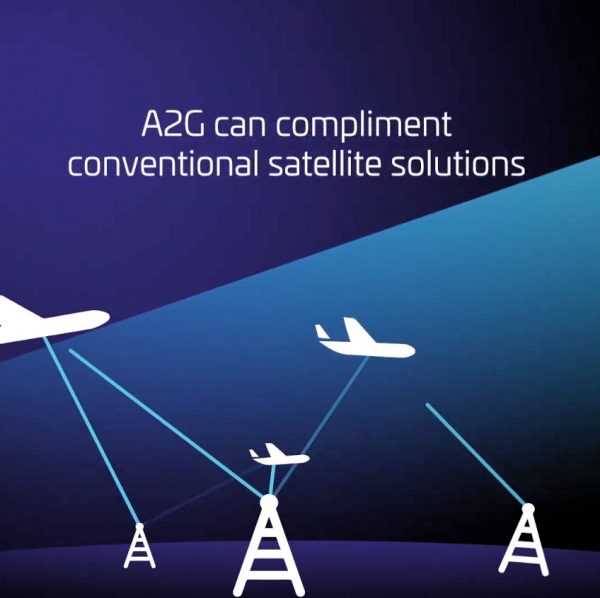
Thales in the UK, working alongside Nokia and SkyFive, has today announced that their new 4G LTE Air to Ground (A2G) network is being made available to the global market, which could mean faster in-flight WiFi speeds of up to 100Mbps (shared between all of the passengers) and latency times of less than 50ms.
At present the experience of in-flight WiFi tends to be a mixed bag, depending on the route you’re taking and the capabilities of the airline involved. Some will struggle to give you anything better that a barely usable dialup speed, while others with a more modern link can often manage a handful of Megabits and many don’t even offer internet connectivity.
For example, a couple of years ago we tested a British Airways flight to the USA, which harnessed GoGo’s 2Ku technology – a mix of ground and space (satellite in the Ku-band) stations – to deliver on-board internet access speeds of up to around 70Mbps (shared capacity) over a local WiFi network (here). End-user speeds were c.2-6Mbps (0.1Mbps upload), while latency times of 800ms+ were the norm, largely due to the need for a Satellite link when over the Atlantic Ocean.
Advertisement
Meanwhile Thales have also been developing a similar 4G Air to Ground solution, which was recently made available across Europe and is now going global. The new network claims it can deliver a “fibre like connectivity experience,” although we suspect they’re taking liberties with that definition of “fibre,” particularly as it’s only promising speeds of “up to 100Mbps” (we assume that’s shared capacity) and sub-50ms latency times.
Utilising existing 4G technology, A2G connects aircraft with the nearest purpose-built on-ground towers, seamlessly handing over between masts mid-flight to create “consistently fast 4G connectivity throughout journeys.” Aboard A2G enabled aircraft, the experience for passengers will apparently be “comparable to using a 4G mobile phone service on the ground.”
https://www.youtube.com/watch?v=HFI8xroatRc
The technology is being rolled out in regions around the world where domestic and international carriers will be able to use the 4G masts on land. It has been developed through a collaborative partnership with Thales providing the onboard terminal (modem+RF) and antenna; Nokia responsible for on-ground infrastructure and SkyFive’s patented software algorithms ensuring that aircraft can reliably connect at high speeds, high altitudes and across long ranges.
Advertisement
Andy Humphries, MD of Flight Avionics at Thales, said:
“For airlines, passenger connectivity and operational efficiency have been strategic imperatives in the past and are even more pronounced in the wake of the COVID-19 crisis. At Thales, we have used our expertise to deliver proven fast and reliable aircraft hardware and software solutions underpinned by a robust worldwide support network.
Combined with SkyFive’s specialism in A2G services and Nokia’s mobile network infrastructure, the project will bring industry disrupting performance for passengers and airlines alike, with reliable Wi-Fi and low transmission latency delivered with low upfront investment and operational costs. We believe A2G will help to expedite the recovery of the sector by transforming the air travel experience while reducing costs as people start flying again.”
Overall, this sounds like a good improvement over existing solutions. However, just like with our BA test, they’ll end up handing back to a slower Satellite link when over a large ocean and thus some of the key benefits will be lost for that part of a trip (at least until we start seeing Aircraft taking advantage of the newer LEO constellations).
At present it’s unclear which airlines are adopting this platform, although right now we suspect that many of those companies will have other things to worry about, mostly as a result of the huge damage being done by the global COVID-19 pandemic.
Mark is a professional technology writer, IT consultant and computer engineer from Dorset (England), he also founded ISPreview in 1999 and enjoys analysing the latest telecoms and broadband developments. Find me on X (Twitter), Mastodon, Facebook, BlueSky, Threads.net and Linkedin.
« BT to Build UK’s First 5G Private Network in Belfast Harbour







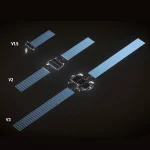



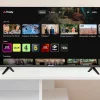
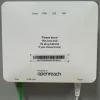
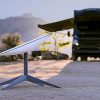









































Don’t BA already use Air 2 Ground via EAN for their short-haul network? This doesn’t seem like anything new, but rather just another provider trying to hack it?
BA also seem to think that 1 or 2 mbits is sufficient for streaming netflix and youtube. They must have had a different experience to me. I had not seen a workable WiFi system on BA and until the pandemic I was taking at least one flight with them a month.
BA are a shower in general.
Correct, surprised that this wasn’t picked up on, and in fact the previous article mentions it. BA use Gogo’s 2KU on long-haul flights, in addition to the slower and data-restricted Panasonic system on their newest planes, the A350 and 787-10. This is due to 2Ku not being a line-fit option on them. Shorthaul BA uses EAN, just like Lufthansa.
You can’t really be certain what system you are getting, even on the same airline – the same is true for the middle eastern carriers, where it very much depends on how old the plane is…
Compliment? Surely it’s “Complement”. I would refuse to pay th3 graphic designer if so was A2G
Perhaps just me but I actually quite like not having internet access while on flights. I can relax knowing that I’m not contactable and spend some time doing more laid back things like reading a book or listening to music.
“Up to 100Mbps” says it all. If the major telco’s struggle to get an average of 30mbps out of they’re 4G I very much doubt even that will be what we actually see this venture deliver.